India’s dead-end vaccination drive: why millions of people in rural villages have been forgotten
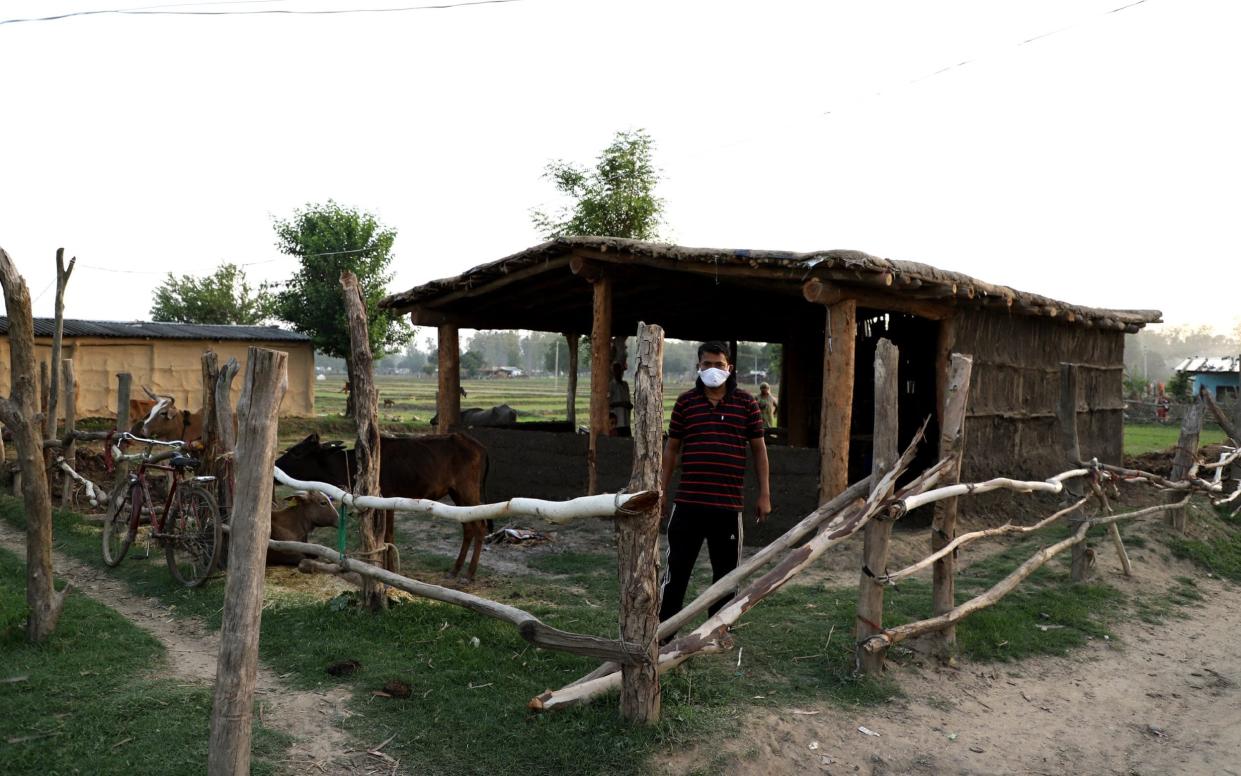
- Oops!Something went wrong.Please try again later.
Tucked in the forests of the Jim Corbett National Park in northern India, dirt roads lead to Patrani, a village where time seems to have stood still. Livestock wander through the fields, children play barefoot in the trees and life goes to sleep with the sun.
In the last week of May around half the 2,500 villagers fell sick with classic Covid-19 symptoms: “a lot of weakness, energyless-ness, the pain was killing the body,” said Ramesh Chandra, a 42-year-old resident. “The village became lifeless.”
In the national park, where Prime Minister Narendra Modi famously went trekking with Bear Grylls after being re-elected in 2019, the nearest hospital is 13 miles away, in Ram Nagar town. It does not seem that far but before getting on an ambulance the sick must walk two miles to reach a road.
If there is a time to vaccinate the villages, it is now, Mr Chandra told the Telegraph. Experts agree. They say that when the second wave of coronavirus dipped in India’s cities, the disease began to rip through India’s rural hinterland, where health facilities are under-resourced and ill equipped.
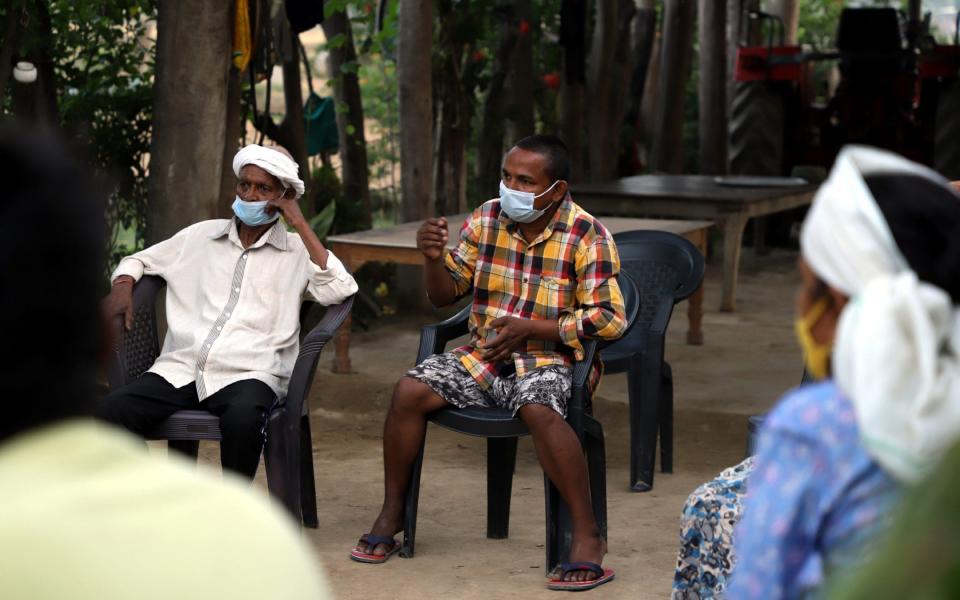
But in Patrani the villagers don’t know anyone who has been vaccinated against Covid-19.
At the launch of the world’s biggest vaccination drive in January the Indian health secretary Rajesh Bhusand promised that “every Indian who needs to be vaccinated will be vaccinated”.
But the campaign is digital-only and to get a vaccine citizens have to register on the government’s online portal CoWin and then receive a code via mobile phone.
This is impossible for many - some 1.04 billion out of 1.38 billion Indians do not have access to smartphones and around 685 million have no access to the internet. This is more stark in the villages where the majority are on the other side of India’s digital divide.
The vast hinterlands of the country have been pushed out of the vaccination line — leaving them vulnerable, yet again, to future waves of the disease.
As of 9 June, India had administered 236 million Covid-19 jabs - but just 3.4 per cent of the country’s vast population had been fully immunised.
By May, when more than 60 per cent of cases were from the rural and semi-rural districts, an analysis by newspaper The Hindu estimated that only 12-15 per cent of the inhabitants had received their first dose compared to 30 per cent in urban areas.
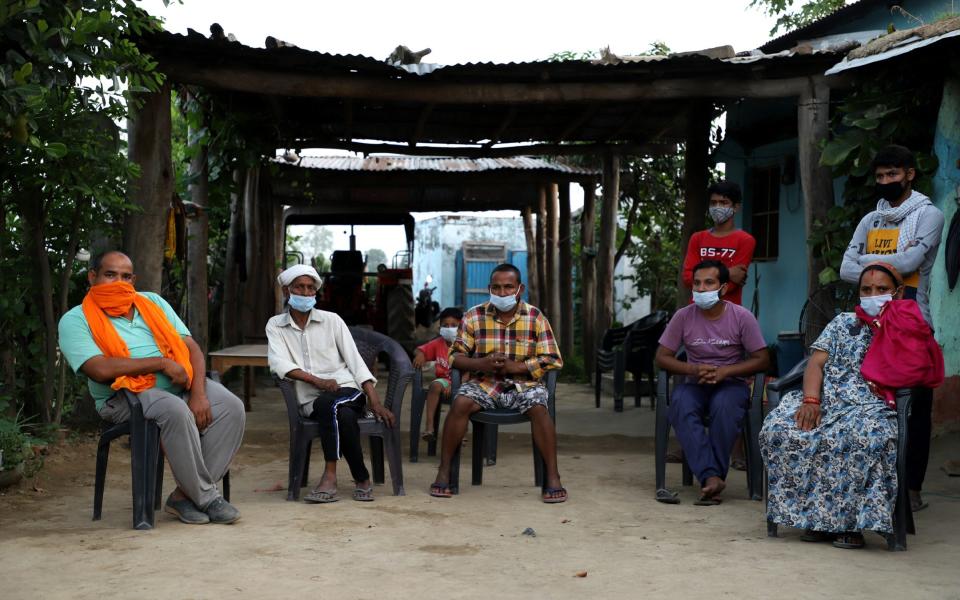
Back in Patrani, a group of youngsters, smartphones in hand, walk towards a patch of open land, looking for a mobile signal. They seldom connect.
“It has become the main source of awareness for us,” said Mr Chandra, walking down a narrow trail. The nearest newspaper is at least five kilometres away; a few roofs have television dishes, but the weather is erratic; and the village only got electricity three years ago.
“If the government is distributing vaccines in every part of the country, why shouldn’t we get one?” added Mr Chandra.
“We do not want our children to die, or anyone to fall ill. We were born in this country; we can’t fly and make homes in the skies, we can’t move to cities for a better life,” he said.
“Whatever needs to be done [by the government] has to be done here. We have a right to life and they cannot snatch it.”
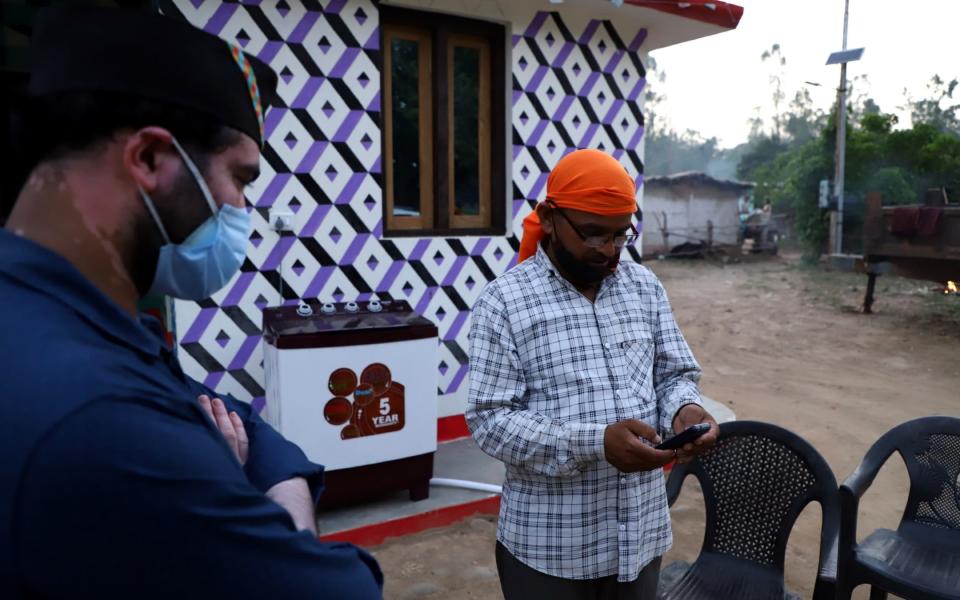
On the porch of a two-bedroom house Mr Chandra sits with a group villagers. They are in mourning for 53-year-old Sundar Lal, the village head.
At the end of May Mr Lal fell unconscious, gasping for breath. Young people ran frantically around the village, trying to find a network connection to call for medical help.
His younger brother, Heera Lal, found a car to take him to hospital but by the time they got there it was too late. Fifteen minutes later Mr Lal died.
“Even to find an oxygen cylinder, we have to go to Ram Nagar,” said Heera Lal. “Thinking that we could have saved him, if there was a medical facility accessible, keeps troubling me.”
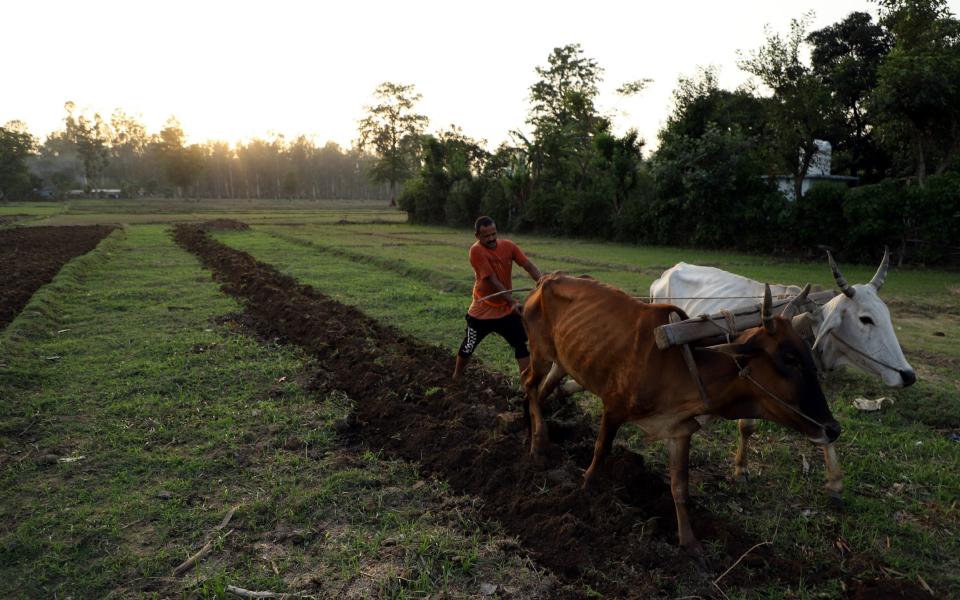
Mr Lal is survived by a wife and three sons but the death of a healthy man with good connections has come as a shock for the whole village.
“Now, only vaccination can save tragedies like Pradhan ji [nominated chief],” Mr Chandra said. “Missing vaccines, I have been told, will be fatal. We still have time — if the government extends support, our lives can be saved.”
However, that seems unlikely. Noting that “digital literacy in India is still far from perfect”, the Supreme Court of India blasted the country’s vaccination policy.
The judges said “exclusively relying on a digital portal for vaccinating a significant population of this country ... [means the government] would be unable to meet its target of universal immunisation owing to such a digital divide.”
“It is the marginalised sections of the society who would bear the brunt of this accessibility barrier,” the court added. “Wake up and smell the coffee.”
The government — still claiming it will have vaccinated the entire population by the end of 2021 — expects “those who do not have access to digital resources can take help from family, friends, and NGOs”.
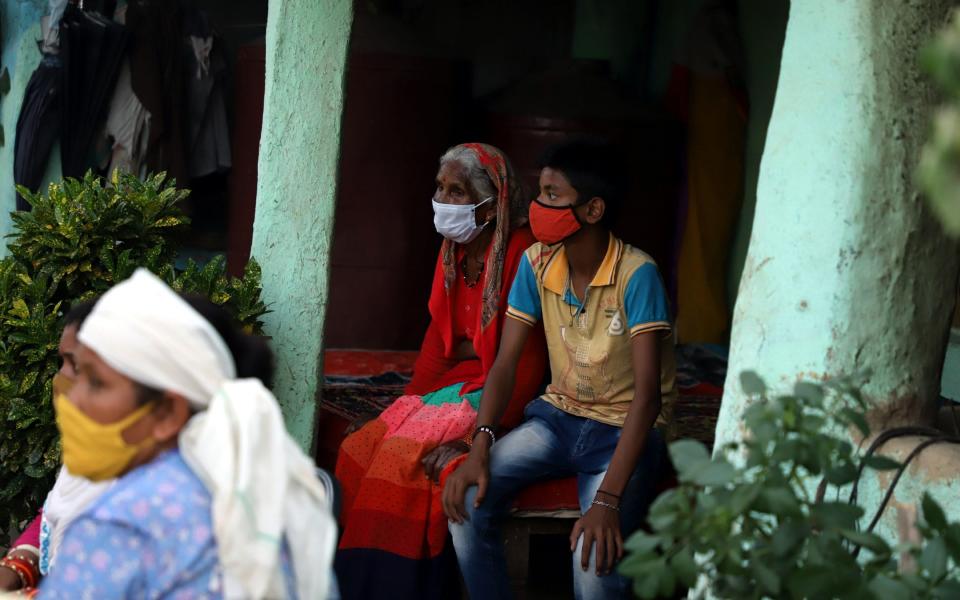
Vatsal Foundation, a local NGO, working in healthcare and education, has been trying to bridge the gap. It has also filed a case with the state court, asking for door-to-door vaccination.
Meanwhile, the death of Mr Lal has devastated his family. “I console myself saying that his time had come,” Mr Lal’s eldest son said. “Remember my father for his efforts in the village. As a tribute, please assure that this will not happen again.”
A week after the death of Mr Lal, the rest of his family and 15 neighbours went to a nearby Covid-19 testing centre. At the facility, they were again asked for their mobile phone numbers so they could receive their test results.
The villagers smiled bitterly as they recounted this - the dangers of being on the wrong side of the digital divide have never been so stark.
Protect yourself and your family by learning more about Global Health Security

